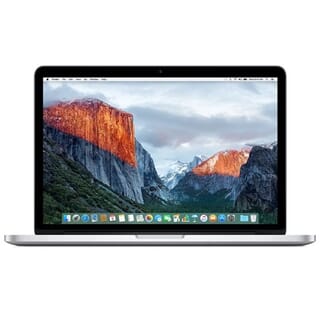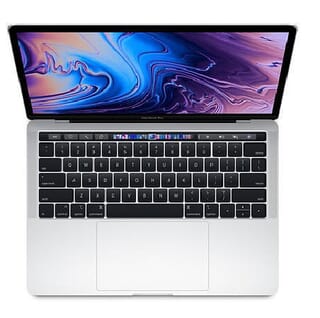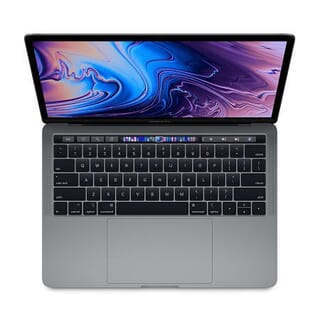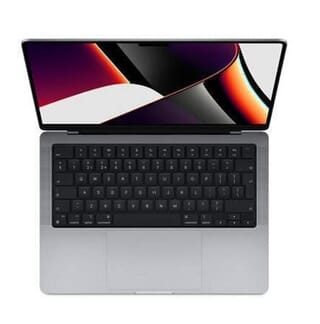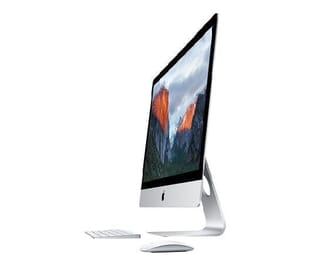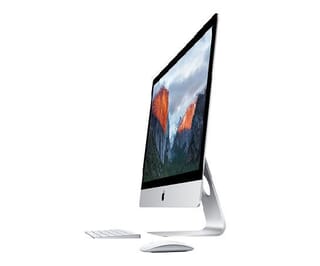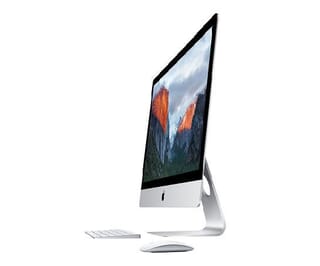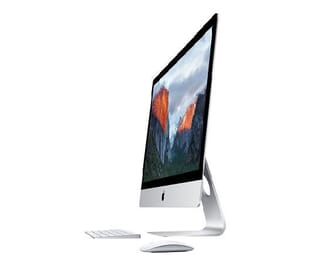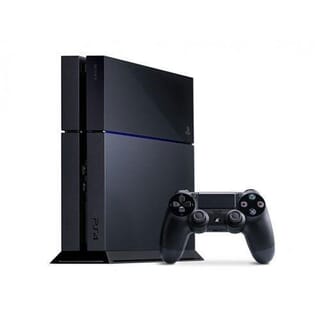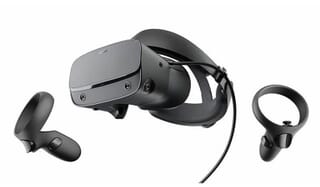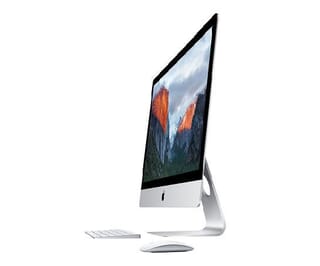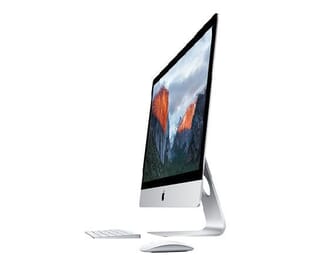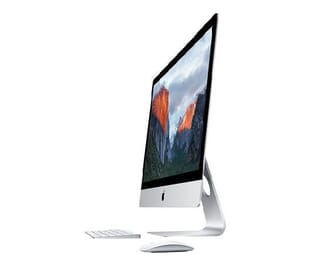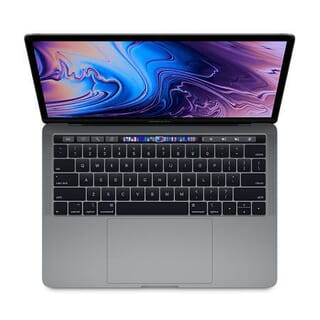
Not every task needs the latest chip or cutting-edge macOS. In fact, lots of everyday (and specialist) jobs run brilliantly on MacBooks that top out on older versions like High Sierra, Mojave, Catalina, or Big Sur. If you’re eyeing a refurbished MacBook at Tech.Trade, here’s how to squeeze serious value from older machines—safely and sensibly.
Why choose a refurbished MacBook with an older OS?
Value: You pay far less for power that still covers 80% of everyday work.
Stability: Mature macOS releases are well-understood and predictable.
Longevity with the right workloads: Writing, spreadsheets, content playback, music practice, and dev tinkering don’t demand the latest frameworks.
Tip: At Tech.Trade, every refurbished MacBook is tested, data-wiped, and ready to go. You can always ask us which OS it ships with and what upgrade path it supports.
Great use cases for older-OS MacBooks
1) Focused writing & office work
Distraction-free writing (Ulysses, iA Writer, Apple Notes/Pages).
Light spreadsheets and docs in Apple iWork, LibreOffice, or web Office.
Local backups of notes and research without constant cloud sync distractions.
2) Classroom & study companion
Web research, PDFs, Google Docs in the browser.
Coding basics (Python/JavaScript in the browser or local IDE versions compatible with your OS).
Science tools (CSV analysis, plotting, markdown notes).
3) Media hub & home admin
Local music and video library manager.
Photo sorting and basic edits.
Household admin: budgeting spreadsheets, calendars, family to-do lists.
4) Music practice & MIDI sketchpad
Older macOS versions still pair nicely with class-compliant MIDI keyboards and simple DAWs or trackers.
Great for demoing chord progressions and recording scratch vocals without tying up a main studio rig.
5) Retro & indie gaming
Classic Mac titles, emulators, and light Steam/itch.io games suited to integrated graphics.
Pixel art and chiptune tools that run perfectly fine on older frameworks.
6) Maker, microcontroller & robotics workbench
Arduino/PlatformIO (check compatible versions), serial console tools, and datasheet libraries.
Offline documentation and sandboxed experiments where “works every time” matters more than flash.
7) Kiosk / signage / guest machine
Reception information screen, digital signage (via compatible browsers), or a guest laptop for forms and email.
Great for community groups or small businesses.
8) Secure-ish “offline” vault (with discipline)
Air-gapped document viewer for sensitive archives.
Keep it offline, use verified USBs only, and maintain regular encrypted backups.
9) Second-screen or sidecar-style companion
A dedicated laptop next to your main machine for livestream chat, show notes, or remote dashboards.
Handy when you want to separate workstreams physically.
10) Linux curiosity (advanced)
Some Intel-based MacBooks make lovely Linux laptops for coding and servers.
Ideal if you enjoy learning and don’t rely on macOS-only apps.
Safety & compatibility: make your plan
Older macOS is fine for lots of jobs, but plan around the limits:
Browser reality: Modern websites are heavier. Use a supported browser version and keep extensions minimal.
Security posture: Prefer web apps that still support your browser, and avoid handling sensitive finance or client data if your OS no longer receives security updates.
Peripherals: Check driver requirements for audio interfaces, capture cards, and printers. Class-compliant USB gear is your friend.
Cloud dependence: Web apps shift quickly; keep a “local first” option (native apps, offline docs) for critical tasks.
Optimising an older refurbished MacBook
Fresh install of the newest supported macOS for that model.
SSD and RAM (where applicable): Many pre-soldered-era models gain a huge speed bump from an SSD upgrade and maxed memory.
Lean startup: Trim login items and background launch agents.
Battery health habits: Keep it on mains when desk-bound and avoid deep cycles if possible.
Local backups: Time Machine to an external drive—simple and reliable.
Unsure which model/OS sweet spot you need? Ask Tech.Trade support—we’ll match a refurbished MacBook to your exact workload.
Quick guide: matching jobs to macOS “eras” (rule-of-thumb)
| You want to… | Good fit on older macOS? | Notes |
|---|---|---|
| Write, study, browse, email | Excellent | Lightweight apps, modern but supported browser |
| Basic photo edits & media mgmt | Good | Use non-GPU-heavy tools and local libraries |
| Music practice & MIDI | Good | Class-compliant gear preferred; check DAW version |
| Retro/indie gaming, emulation | Good | Stick to lightweight titles |
| Creative pro suites (latest features) | Limited | Newer macOS/Apple silicon preferred |
| Corporate security/MDM work | Limited | Compliance tools often need recent OS APIs |
When to step up from “older OS” to “newer OS/M-series”
Your browser or core apps stop updating.
You handle sensitive data and need current security patches.
You require GPU acceleration, new plug-ins, or AI features.
You need all-day battery life and silent performance (M-series excels here).
If you outgrow your current machine, trade it in and move up the range—Tech.Trade carries a wide spectrum of refurbished MacBook models so you don’t overpay for power you don’t need.
Buying tips at Tech.Trade
Start with the job: List the top 5 tasks you’ll do weekly.
Match RAM/storage sensibly: Documents and PDFs are light; photo/video libraries need more.
Check the charger & condition grade: We clearly describe cosmetic condition and include compatible chargers.
Ask about OS & upgrade paths: We’ll tell you the latest macOS your model supports.
The bottom line
For focused work, study, music practice, maker projects, media hubs, and retro gaming, an older-OS refurbished MacBook is a bargain. Plan your workload, follow basic security/common-sense rules, and you’ll get years of reliable service—without paying flagship prices.
-24125.png)

